How to Best Understand the SAP Scheduling Agreement
Executive Summary
- The SAP Scheduling Agreement is used to incorporate contracts into the planning process in APO and ECC.
- We cover examples of the configuration of SAP Scheduling Agreements.
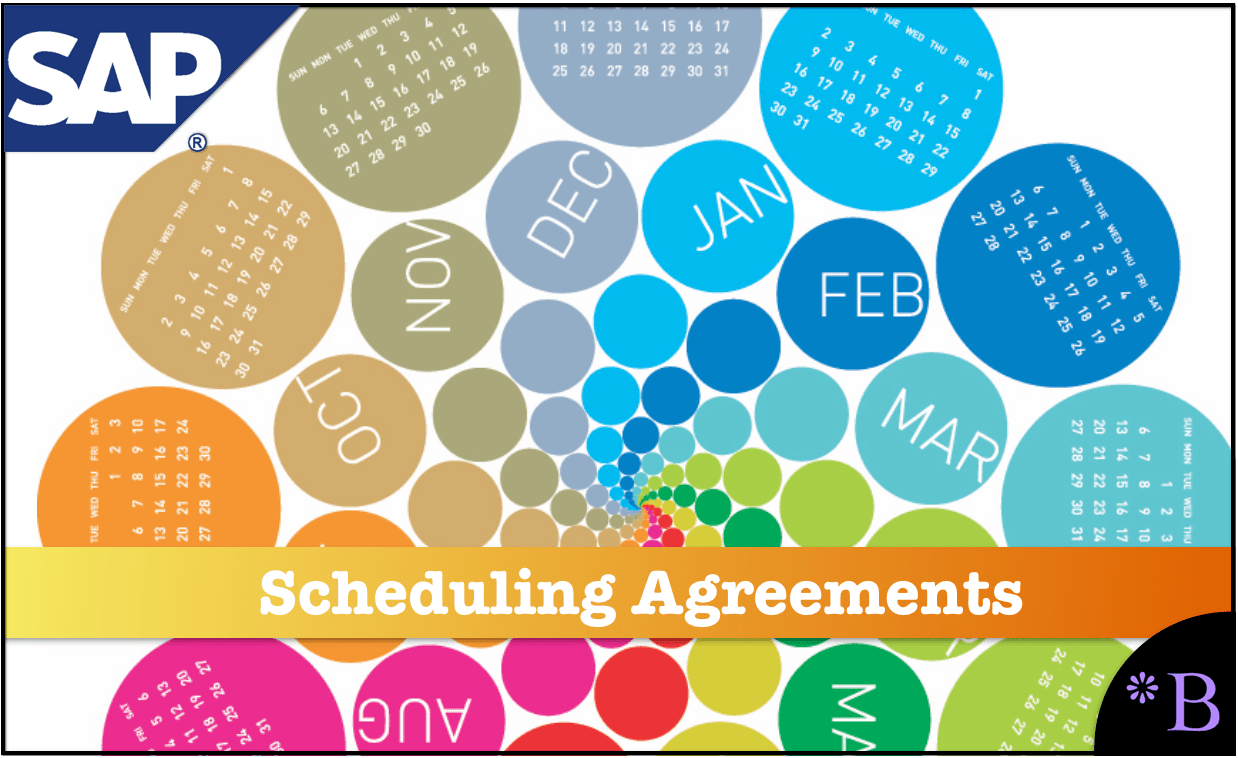
Introduction: Why Scheduling Agreements are Used
Scheduling agreements are set up to ensure that the planning system respects the business rules, allocating demand to specific supply. You will learn how scheduling agreements are brought into APO and used.
Our References for This Article
If you want to see our references for this article and other related Brightwork articles, see this link.
Notice of Lack of Financial Bias: We have no financial ties to SAP or any other entity mentioned in this article.
What Are Scheduling Agreements?
Scheduling agreements are long-term procurement agreements in SAP ERP. It can be considered a non-supply chain control over the procurement. This is in contrast to the forms of control over ordering, such as lot sizes.
“A scheduling agreement is an outline agreement between a customer and a supplier. It specifies the total quantity of the products that a supplier is to deliver to the customer in a specific time period.” – SAP Help
We were never all that happy with the explanation of SAP scheduling agreements until we found this one in the book Supply Chain Management with SAP APO. Here it is:
“Scheduling agreements are used if products are procured for considerable quantities with a high frequency. Especially in the automotive industry they are a common way of procurement. The principle is to have one object – the scheduling agreement – with a target quantity and the according conditions, to plan the receipts as ‘schedule lines’ (corresponding to the purchase requisitions) and to send the orders – the ‘releases’ to the supplier with a reference to the scheduling agreement. The releases are created for a defined horizon and are updated in defined intervals. Additionally to the operative releases, it is possible to send the supplier forecast releases to inform him about the planned requisitions in he farther future. This way the scheduling agreement is an object which supports the collaboration with the supplier.”
Scheduling Agreements become (in SAP APO) merely a source of supply. SAP Scheduling agreements are two things to SAP APO.
- A procurement relationship (aka source of supply)
- A transportation lane
You can find out more about the source of supply in SAP APO in this article:
Integration with SAP ERP
After SAP scheduling agreements are sent via the CIF over from SAP ERP to SAP APO, they are planned, and when the planning results (Purchase Reqs with SAP Scheduling Agreements as the source) CIFed back to SAP ERP, they become Purchase Reqs in SAP ERP.
Finally, after delivery, Acknowledgments and goods receipts come back to SAP APO to adjust the stock figures. If you are unfamiliar with the CIF or want to know more about it, see this article.
APO Scheduling Agreements
APO has its version of an SAP Scheduling Agreement. In many ways, it is very similar. An important distinction is that the SAP Scheduling Agreements can be maintained in either SAP ERP or SAP APO.
Tracking SAP Schedule Agreements in SNC
The SAP schedule agreement in APO can be tracked in the release collaboration process within SNP.
To see more about how this works, see this article.
Creating Scheduling Agreements in ECC
We will start by maintaining an SAP Scheduling Agreement in ECC and then CIFing it over to SAP APO. We will use transaction (ME31L)
One of the issues we had to create an SAP scheduling agreement is we had a mismatch between currencies. We went to this transaction (OB08) and entered a currency conversion.

Now we will create our SAP Scheduling Agreement.
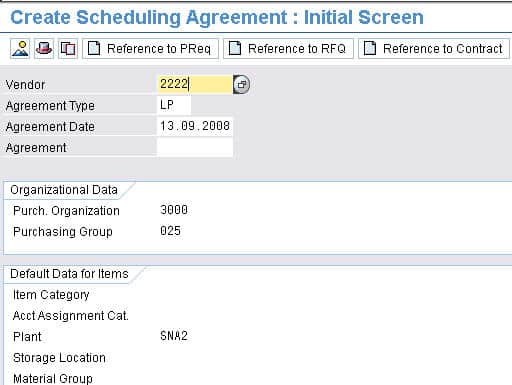
Bringing the SAP Schedule Agreements Over into APO
SAP schedule agreements are brought over in an integration model and have their checkbox and set of options in the CIF.
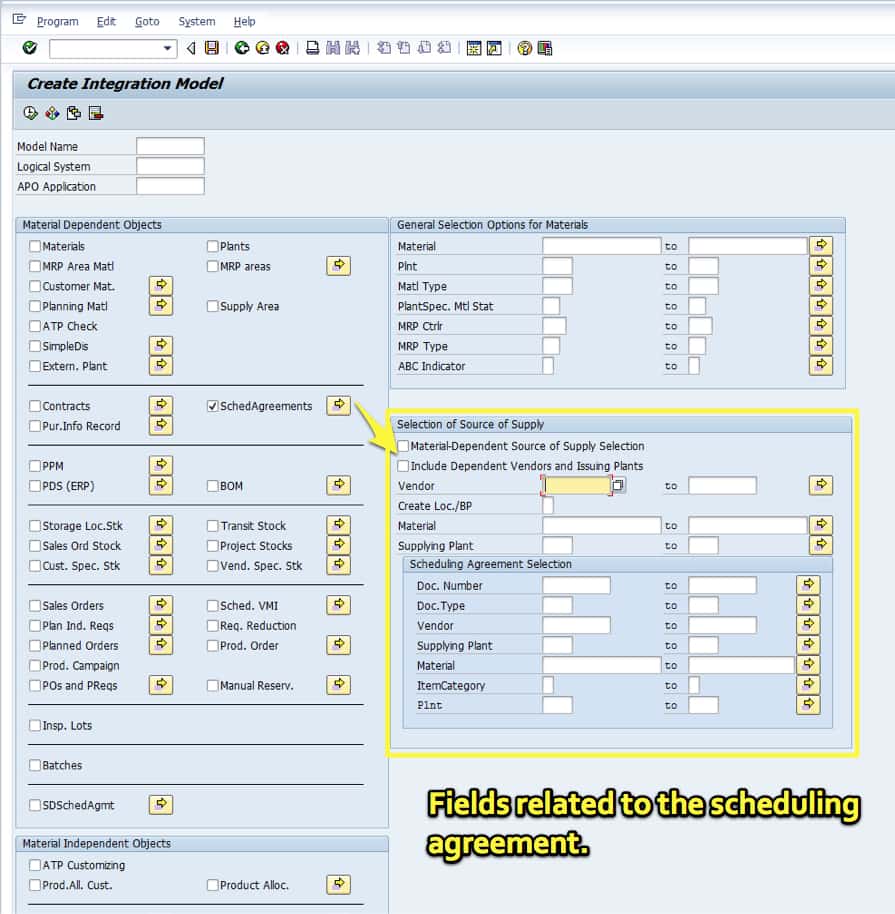
The way to check to see if the SAP Scheduling Agreements have been created is to go to SAP APO and the transaction (/SAPAPO/PWBSRC1 – display external procurement relationships). This convenient transaction presents SAP scheduling agreements, contracts, and info records in a very compressed space.
The Scheduling Agreement in ECC
You can see we have highlighted our recently created Scheduling Agreement in ECC.
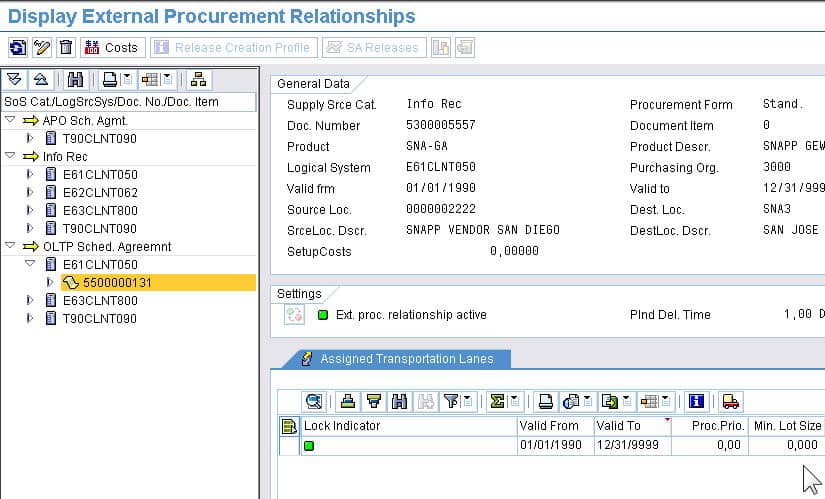
However, when we attempt to find the SAP Scheduling Agreement in SAP APO, we cannot. We will go and check the qRFC outbound queues with the transaction (SMQ1)
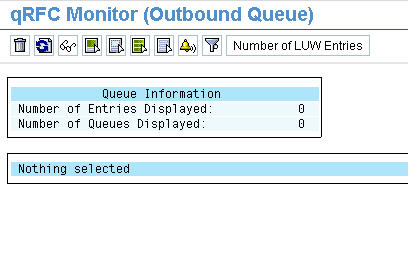 The outbound queue is empty, so nothing is holding up sending the SAP Scheduling Agreement…at least here. Now we go into the SAP Scheduling Agreement and notice that we have not selected a transportation lane.
The outbound queue is empty, so nothing is holding up sending the SAP Scheduling Agreement…at least here. Now we go into the SAP Scheduling Agreement and notice that we have not selected a transportation lane.

Why the Scheduling Agreement Failed
This makes us curious if the SAP Scheduling Agreement failed to generate in SAP APO because we do not have a transportation lane created. The transportation lane creates a relationship between the vendor and the plant. That is where we will look next. We did find this text from the SAP training material. Also, there is the following:
“If a transportation lane does not exist at the time of transfer the system will automatically create one for the specific locations since the info record contains all the data needed to create it.” – SAP SCM215
“You only have to create transportation lanes in SAP APO manually if you want to represent a stock transfer between two storage location MRP areas in a plant.” – SAP SCM215
We go back to the CIF, and we find something interesting…our integration model is missing. (Actually, as we go back and check our other integration models, we notice that this screen is always empty after the integration model has been activated.)
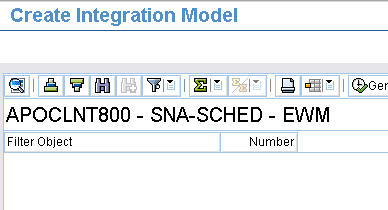
Even after we reactivate it, we still do not see SAP Scheduling Agreements in SAP APO. We do have the option of creating the SAP Scheduling Agreement in SAP APO. We will come back to this post at a later date to fill in how to do this.
SAP Scheduling Agreements in Use
Here you can see a Quota Arrangement in effect when we attempt to create an order; there are two different options we can choose from;
- One is the standard: Purchasing InfoRecord, and the other is Scheduling Agreement, which we created.
- After selecting the source (called source determination), the system will allow you to create the order.
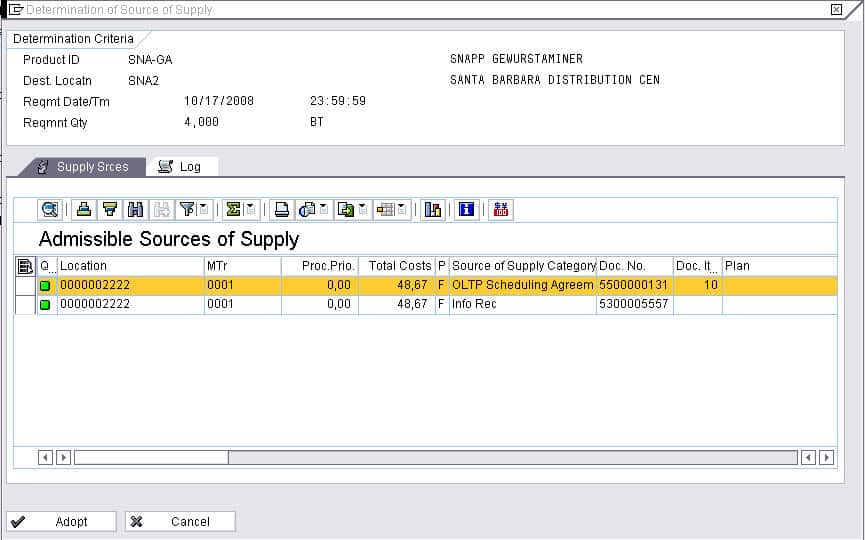
Conclusion
- SAP Scheduling agreements are a non-supply chain control over procurement.
- SAP Scheduling agreements can be maintained in either APO or ECC. Along with other procurement controls, such as consumption-based parameters, they adjust the procurement.
- Instead of being driven by things like ordering or holding costs, SAP scheduling agreements are created to make the system conform to the company’s arrangements with suppliers.